Environmental reforms may be good for the planet, but they’re also introducing new—and often hidden—complications for homeowners. From retroactive code changes to silent fines, these laws are creating an entirely new layer of risk beneath your foundation, inside your walls, and around your garden. Most of the threats don’t come with a warning label. Here’s what may be sneaking into your life under the radar.
1. Bans on “Non-Native” Landscaping Could Devalue Your Yard

Many states are passing ordinances that restrict the use of non-native plants, even if they’ve been part of a neighborhood’s aesthetic for decades. According to Noema, some homeowners have been fined or ordered to replant entire lawns to comply with new eco-zoning. If your prized roses or privacy hedges aren’t on the “approved” list, you might be out of luck. It’s a quiet erosion of property control in the name of sustainability.
Beyond fines, the aesthetic downgrade can hurt resale value. Buyers often choose homes based on landscaping, and native-only gardens don’t always meet expectations. Plus, mature non-native trees may have to be removed at great cost. What feels like a personal garden choice is now becoming a legal matter.
2. Energy Compliance Upgrades Becoming Mandatory at Sale
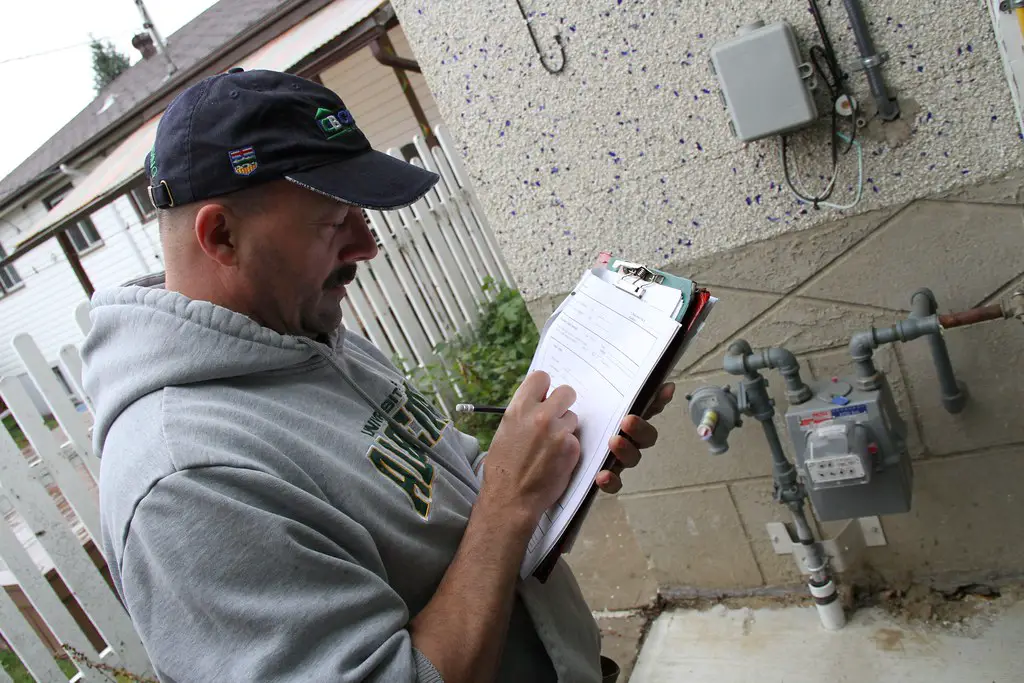
In cities like Berkeley and Boulder, new laws require energy audits and costly upgrades before a home can be sold. According to Bloomberg Green, this can add thousands to a seller’s costs, with little room to opt out. That solar-ready roof or high-efficiency HVAC isn’t a choice anymore—it’s an obligation. Even homes that passed inspection five years ago may now fall short.
These updates often require specialized contractors and permit delays. Sellers can be caught off guard, stuck between closing deadlines and compliance paperwork. What began as a green push ends up being a real estate bottleneck. And if you don’t comply? You might not sell at all.
3. Secret Wetland Reclassifications That Halt Building Plans
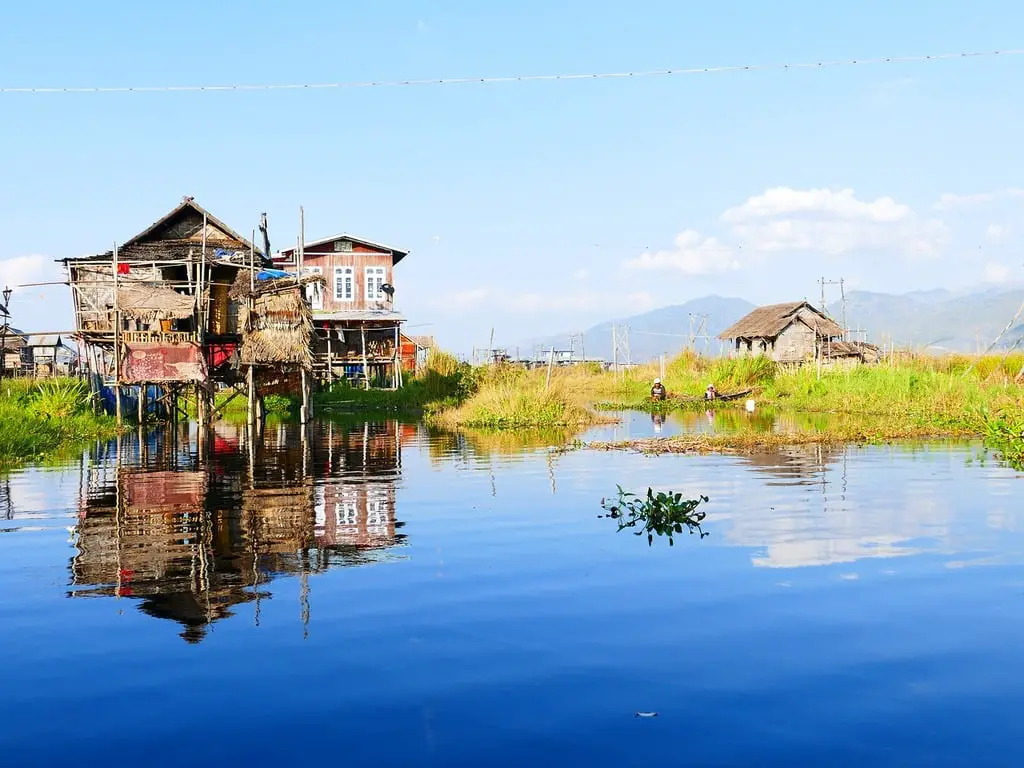
The EPA has been expanding its definitions of protected wetlands—and some homeowners are finding their properties newly included. National Geographic recently highlighted cases where backyards and drainage ditches suddenly fell under federal protection. That means no digging, no grading, and no new construction—sometimes even on land you’ve already developed. It’s the legal equivalent of the ground disappearing beneath you.
The classification often comes with little to no prior notice. And once it’s on the map, challenging it can be a bureaucratic nightmare. Building plans, home expansions, even fence installations can be blocked indefinitely. What you thought was dry land is now an untouchable ecosystem.
4. Noise Restrictions on Outdoor Equipment

As cities pass “quiet zone” legislation tied to environmental noise pollution, tools like lawnmowers, chainsaws, and even power washers are coming under scrutiny. Reports in Fast Company show that certain decibel levels are now illegal in some eco-districts—even during daylight hours. That means your usual Saturday yard work could result in warnings or fines. It’s an unexpected way environmental policy reaches into private life.
Some towns are even requiring electric-only tools, phasing out gas-powered options. This isn’t just about sound—it’s about carbon emissions and energy use. For homeowners, that means replacing equipment and adjusting routines. The noise isn’t gone—it’s just shifting behind closed doors.
5. Hidden Fees for High-Water Landscaping

Even in areas without full water bans, new rules are letting utilities add tiered penalties for high-volume landscaping. You might not notice them until your water bill quietly doubles. Green lawns, fountains, and flower beds may be classified as “non-essential water use,” triggering higher charges during dry seasons. What once was normal lawn care could now flag you as a violator.
There’s rarely a single notice—it creeps in as a rate adjustment. In HOAs or suburbs, your landscaping could even be reported by a neighbor. Water audits are becoming more common, and their findings can affect your reputation and costs. It’s a quiet war between aesthetic tradition and resource scarcity.
6. Surprise Rebates That Come with Reversal Clauses

Some cities offer rebates for installing eco-friendly features—like solar panels, greywater systems, or green roofs—but read the fine print. Many of these rebates come with clawback provisions if you sell your home within a certain time or fail to maintain the system. You could end up paying the rebate back with interest. The “free money” is more like a short-term loan with strings attached.
These clauses often go unnoticed until resale or refinance time. They can delay closings or reduce equity unexpectedly. What looked like a financial boost can turn into a trap. Environmental incentive today, financial anchor tomorrow.
7. Septic Systems No Longer Up to Code

In rural areas, new environmental laws are updating septic system standards—and grandfather clauses are disappearing fast. That charming country cottage might need a $20,000 tank replacement just to meet code. Worse, these upgrades often come with mandatory inspections that can uncover unrelated issues. What’s beneath your yard is becoming a legal liability.
Even well-maintained systems may not meet nitrogen runoff limits. These updates aim to protect groundwater, but they’re financially devastating for many homeowners. And they’re usually not covered by insurance or municipal programs. Your private system is now part of a public issue.
8. Ban on Fireplaces in New Developments
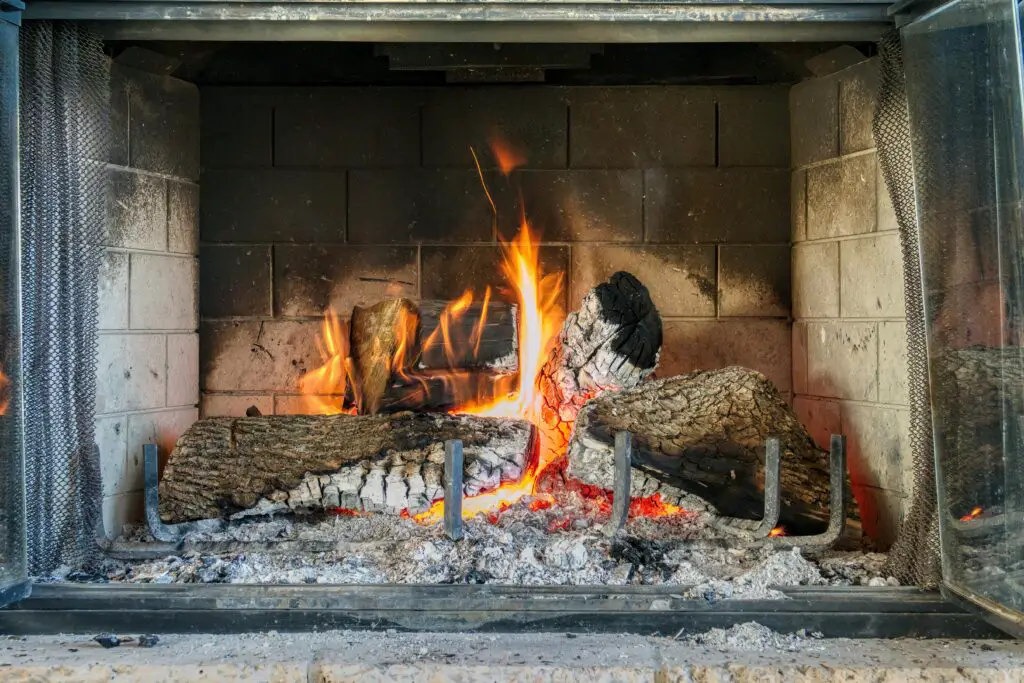
Some cities are banning new wood-burning fireplaces entirely, citing air quality and particulate emissions. But the shift also affects older homes being remodeled—where previously approved fireplaces can’t be restored or rebuilt. Even gas logs are coming under scrutiny in certain zones. Your cozy hearth might now be a code violation.
For those looking to renovate, the change limits design choices and reduces resale appeal. Buyers often expect a fireplace as part of the ambiance. Losing it changes the character of the home—and lowers its perceived value. What was once a highlight becomes a hazard.
9. Infill Restrictions That Block Garage Conversions
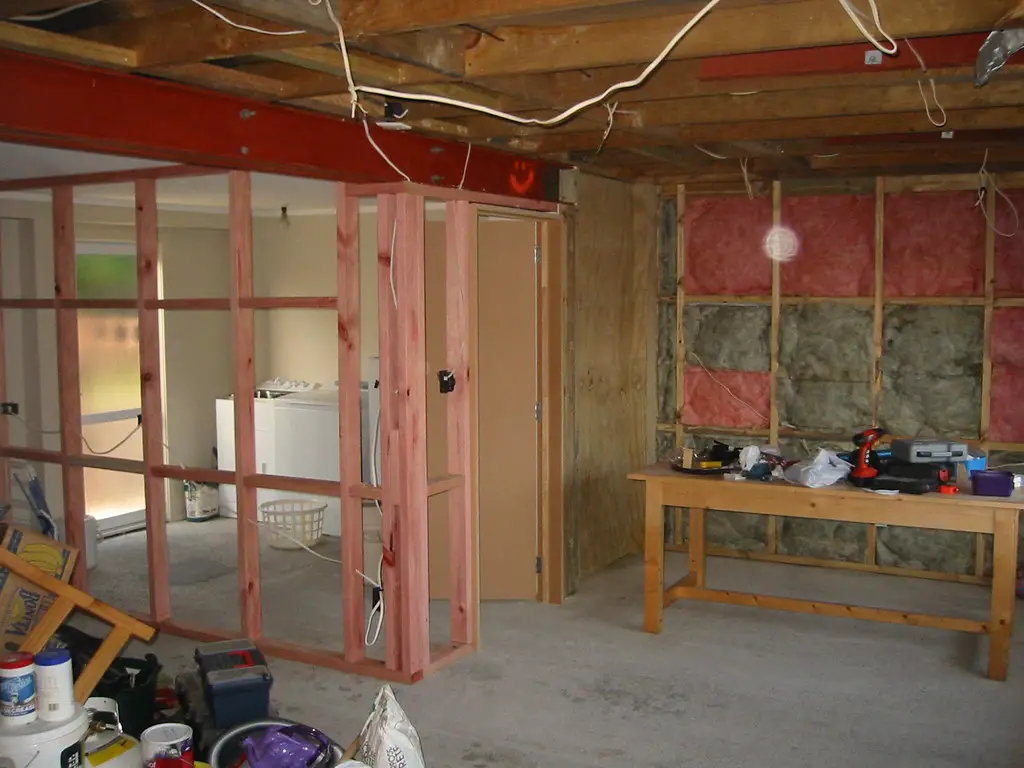
To reduce heat islands and stormwater runoff, some municipalities are limiting “impervious surface” additions like paved driveways or detached garages. That makes converting an old garage into a livable unit much harder. Zoning boards are now using green code to reject projects that would have passed five years ago. Sustainability is quietly halting density.
The irony? These conversions often create affordable housing. But the new green overlays don’t care about economics—they’re built around environmental math. That means more red tape and fewer flexible options for homeowners. What used to be an upgrade is now a loophole hunt.
10. Passive Solar Mandates That Override Personal Preference
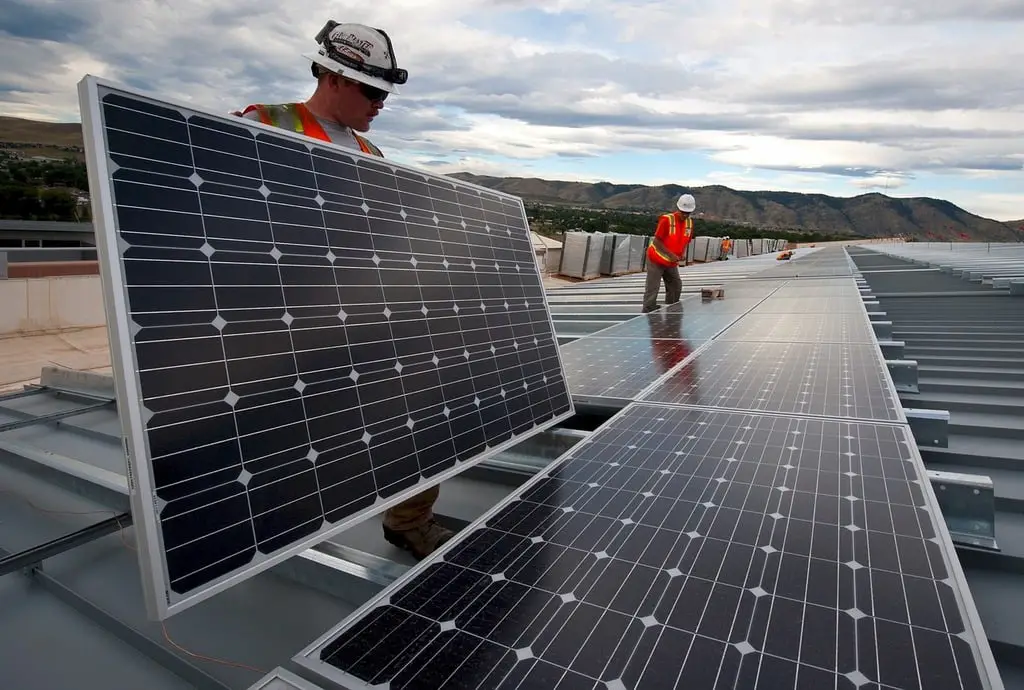
In new developments, orientation rules for passive solar design are becoming non-negotiable. Builders must position homes a certain way—even if it sacrifices views, layout, or backyard usability. Homeowners are discovering that “sun-optimized” doesn’t always mean “person-optimized.” Your dream lot may come with strings attached.
These designs do save energy, but they also limit customization. Room placement, window size, and rooflines are dictated by solar math. The result is a home that works on paper—but may feel wrong in person. Sustainability, in this case, leaves little room for personal vision.
11. Underground Storage Tank Liability
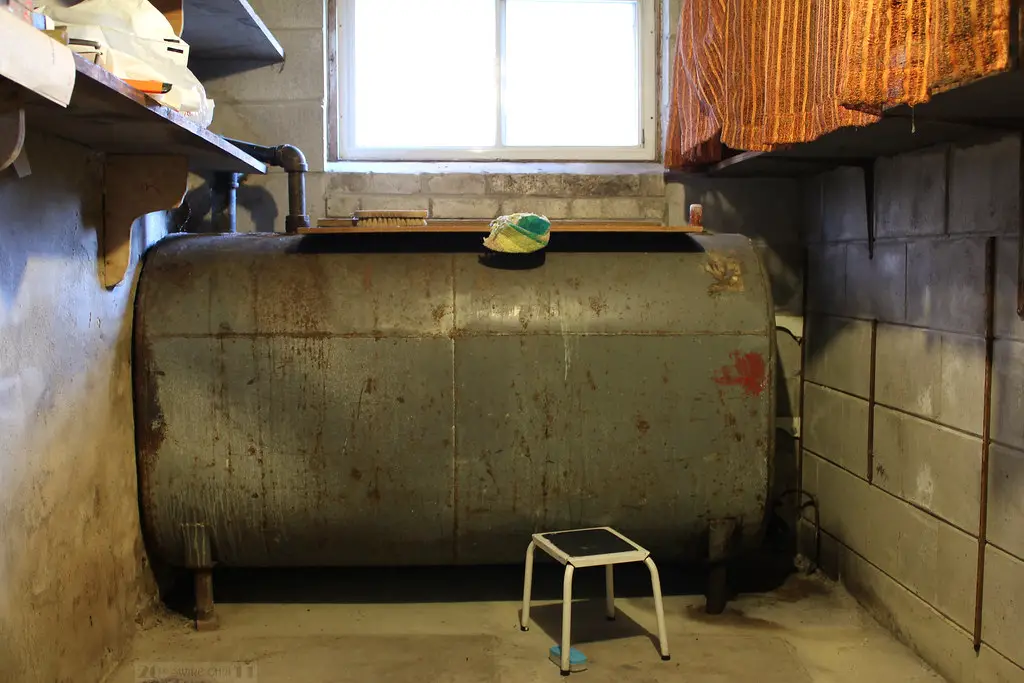
Buried oil or chemical tanks on older properties are suddenly back in the spotlight thanks to new EPA tracking tools. Homeowners unaware of these tanks could be on the hook for cleanup costs exceeding six figures. Even tanks abandoned decades ago are being flagged under updated remediation laws. That history now haunts your deed.
Insurance often doesn’t cover the full remediation. And sellers may be required to disclose tanks whether they’ve leaked or not. The law doesn’t care if you installed it—it only cares that it’s there. And the penalties don’t wait for you to catch up.
12. Eco-Certification Requirements That Expire
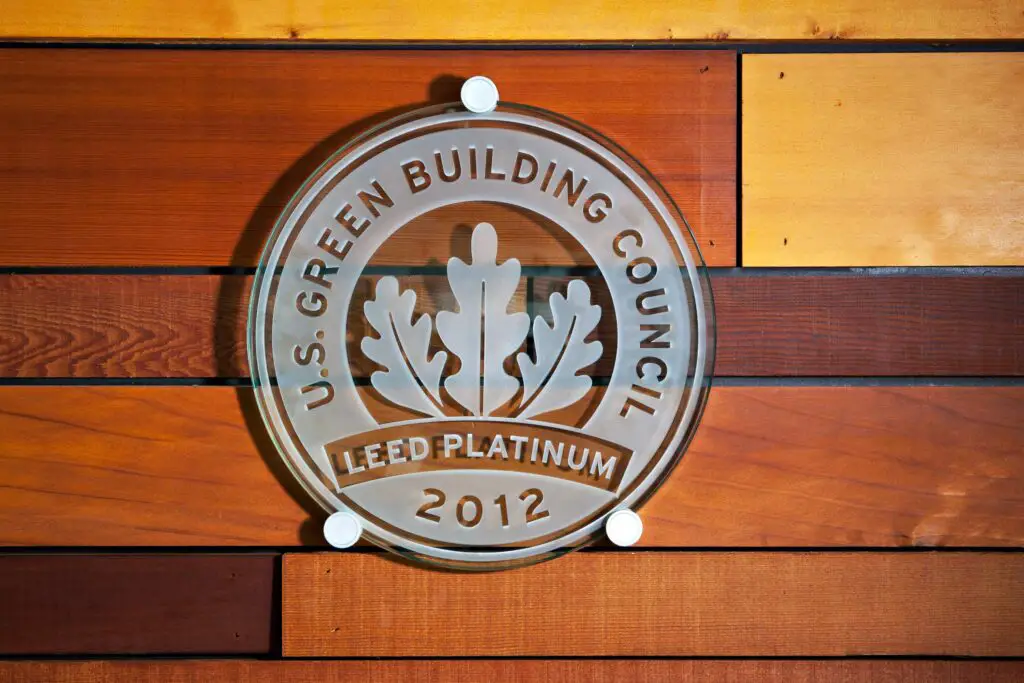
Some homes boast green certifications—LEED, ENERGY STAR, or WELL—but many of these expire if not actively maintained. Owners are finding themselves stripped of these labels after missing renewal audits or skipping required updates. And losing the certification can reduce home value or disqualify you from green financing programs. The prestige is perishable.
Worse, many buyers don’t realize the time-sensitive nature of these credentials. They assume certification is permanent, only to face reinspection demands later. It’s another case of the rules shifting underfoot. What once looked like a badge of honor becomes a bureaucratic burden.
13. Tree Preservation Laws That Block Storm Prep
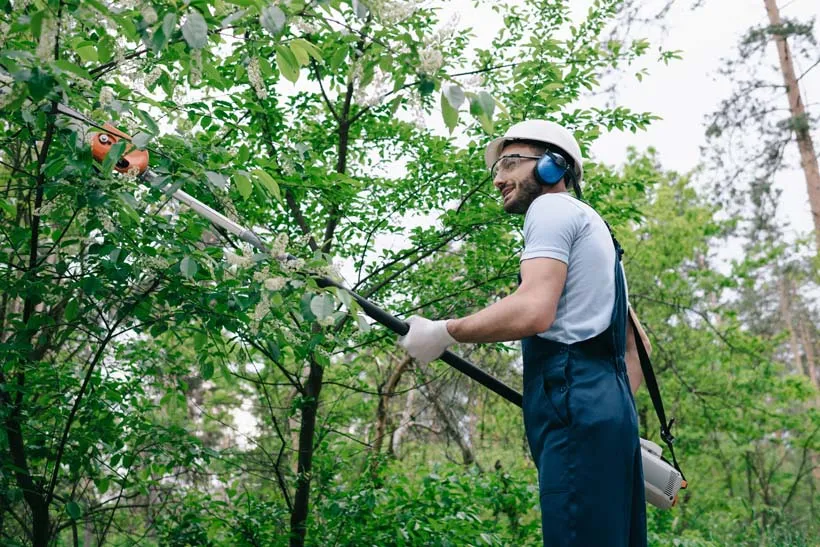
Homeowners looking to trim or remove trees for storm safety are running into preservation ordinances tied to environmental law. Cutting down even a single tree may require permits, inspections, and environmental impact assessments. In hurricane-prone regions, that can delay critical prep work. Nature protection now competes with personal protection.
And violations come with steep fines and forced replanting. What feels like common sense—removing a limb over the roof—can become a months-long ordeal. Safety becomes a negotiation with code. The trees aren’t just in your yard—they’re in your legal file.
14. EMF Restrictions That Limit Smart Home Devices

In eco-focused zones, there’s a growing movement to limit electromagnetic field (EMF) exposure by restricting Wi-Fi routers, smart meters, or certain home automation features. While the science remains debated, the rules are already forming. That means some smart home tech could be banned or regulated based on ambient emissions. Convenience is taking a backseat to caution.
This directly affects resale, especially for tech-savvy buyers. Homes marketed as “smart” may have to walk back their claims. And upgrades could face inspection hurdles or zoning limitations. Your home’s IQ might be capped by environmental fear.
15. Insurance Denials Due to Green Code Noncompliance
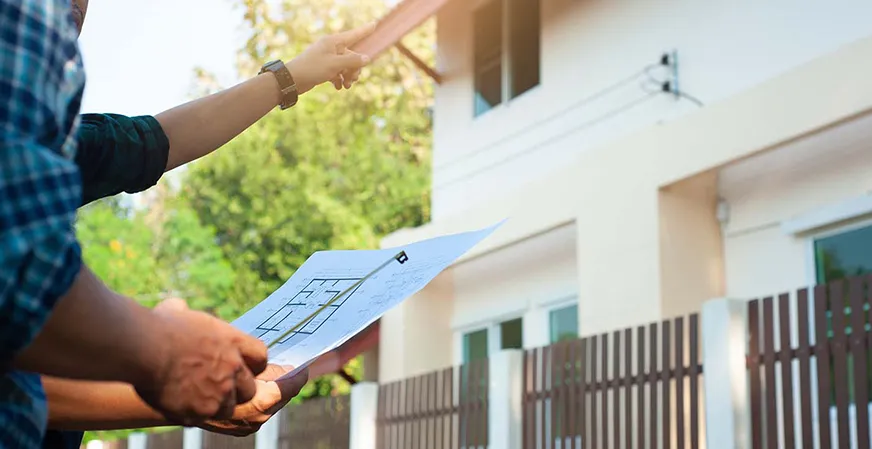
Home insurers are quietly tightening their policies around compliance with environmental building codes. If your property fails to meet these evolving standards—even unknowingly—you could be denied coverage or face higher premiums. It’s an under-the-radar threat with major financial consequences. Green noncompliance is now an insurance risk.
Some policies even exclude damage caused by outdated systems that violate current environmental codes. That old furnace or pre-ban roofing material? They’re no longer just inefficient—they’re liabilities. The cost of ignoring new green rules isn’t just legal. It’s personal, and it’s growing.
